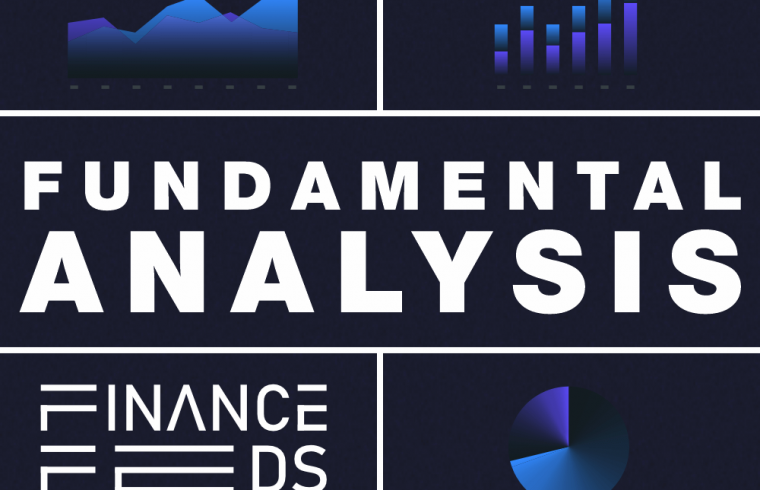The US dollar weakened after a strong run, due to profit-taking, dovish Fed comments, and a stronger Chinese Yuan. This week, central bank policies and US inflation data will be key drivers of currency valuations. Oil prices are rallying on supply disruptions and expectations of a strong global economy.
US Dollar Weakness
The US Dollar Index (DXY) is down 0.30% on Monday, trading around 104.00, allowing EUR/USD to climb back above 1.0800 after reaching a March low of 1.0794 on Friday. This weakness comes after a strong run for the USD last week, fueled by hawkish comments from some Federal Reserve officials about the pace of rate cuts. However, profit-taking after those gains, dovish comments from Atlanta Fed President Raphael Bostic who now expects only one rate cut this year instead of the previously forecast two or three, and a stronger-than-expected fixing of the Chinese Yuan by the People’s Bank of China (PBOC) have all contributed to the reversal.
Central Bank Policy
This week, central bank monetary policy decisions and forecasts are a major driver of currency valuations. Investors are paying close attention to comments from Fed officials, including Atlanta Fed President Raphael Bostic, Chicago Fed President Austan Goolsbee, and Fed Governor Lisa Cook, for any clues about the future trajectory of US interest rates. The release of the US Personal Consumption Expenditures (PCE) Price Index on Friday is also highly anticipated, as it is the Federal Reserve’s preferred gauge of inflation. A higher-than-expected inflation reading could dampen expectations for aggressive rate cuts by the Fed and strengthen the US Dollar. The European Central Bank (ECB) is also in focus, with some members like ECB Executive Board Member Fabio Panetta and ECB Chief Economist Philip Lane hinting at the possibility of earlier rate cuts to combat falling inflation. An earlier ECB rate cut would likely weaken the Euro.
Oil Price Rally
Oil prices are surging over 1% at the start of the week, with Brent Oil trading at $86.19 per barrel and WTI Crude Oil at $81.95 per barrel. This rally is due to both supply and demand factors. On the supply side, Russia faces issues from ongoing sanctions related to the war in Ukraine and drone attacks on Russian refineries and storage facilities. Additionally, markets are anticipating a possible extension of the current 1 million barrel per day production cut from Saudi Arabia, which would help keep oil prices above $80.00 per barrel. On the demand side, the expectation that the US Federal Reserve will cut rates three times this year, coupled with a decline in borrowing costs in Europe, could lead to a stronger global economy and increased demand for oil.
Economic Calendar Highlights
High Impact:
- Monetary Policy:
- March 27th: Fed Chair Powell speech (High Impact on USD)
- Economic Data:
- March 26th: Durable Goods Orders (US) (Medium Impact on USD) considered high priority due to its impact on business investment and future economic activity
- March 26th: Consumer Confidence (US) (Medium Impact on USD) considered high priority due to its reflection on consumer sentiment and spending intentions
- March 27th: Harmonized Index of Consumer Prices (EUR) (Medium Impact on EUR) considered high priority as a key inflation measure for the Eurozone
- March 27th: Monthly Consumer Price Index (AUD) (High Impact on AUD) considered high priority as the most important inflation data for Australia
- March 28th: Retail Sales (EUR) (High Impact on EUR) considered high priority due to its importance in showing consumer spending trends in the Eurozone
- March 28th: Gross Domestic Product (GBP) (High Impact on GBP) considered high priority as the most important data release for the UK economy
- March 28th: Core Personal Consumption Expenditures (PCE) Price Index (US) (High Impact on USD) considered high priority as the Federal Reserve’s preferred inflation gauge
- March 28th: Initial Jobless Claims (US) (Medium Impact on USD) considered high priority as a timely indicator of the US labor market health
- March 28th: Michigan Consumer Sentiment Index (US) (Medium Impact on USD) considered high priority due to its potential to influence spending decisions
- March 28th: Tokyo Consumer Price Index (JPY) (High Impact on JPY) considered high priority as the key inflation measure for Japan
- March 29th: Core PCE Price Index (MoM) (US) (High Impact on USD) considered high priority due to its detailed look at inflation in the US
- March 29th: Personal Consumption Expenditures (PCE) Price Index (US) (Medium Impact on USD) considered high priority due to its reflection on overall inflation pressures in the US
The subject matter and the content of this article are solely the views of the author. FinanceFeeds does not bear any legal responsibility for the content of this article and they do not reflect the viewpoint of FinanceFeeds or its editorial staff.
The information does not constitute advice or a recommendation on any course of action and does not take into account your personal circumstances, financial situation, or individual needs. We strongly recommend you seek independent professional advice or conduct your own independent research before acting upon any information contained in this article.












